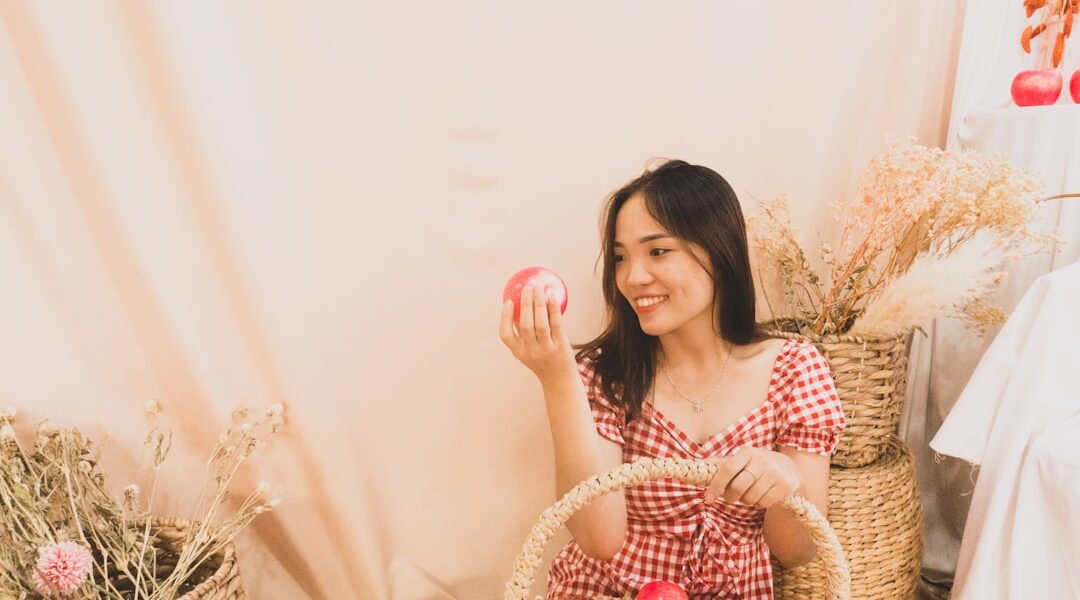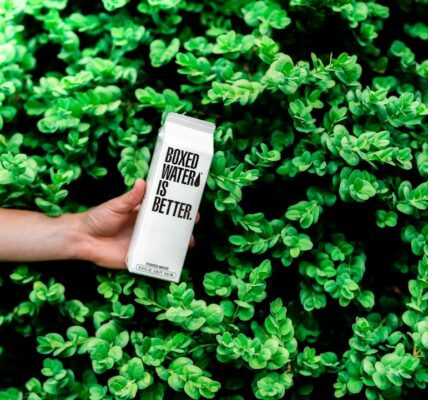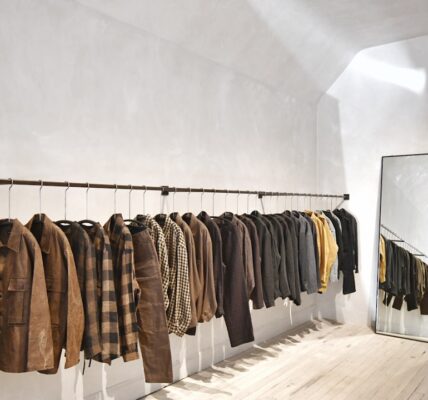Vintage fashion encompasses clothing and accessories that are between 20 and 100 years old, with a history dating back to the early 1900s. The evolution of vintage fashion reflects significant societal changes and cultural shifts throughout the 20th century. In the 1920s, women’s fashion moved away from restrictive Victorian styles, embracing the “flapper” look characterized by loose-fitting dresses and shorter hemlines.
The 1930s introduced bias-cut gowns and tailored suits, while the 1940s were influenced by wartime austerity and utility clothing. The 1950s saw the emergence of Christian Dior’s “New Look,” featuring full skirts and cinched waists. The 1960s brought mod fashion and the iconic miniskirt.
The 1970s and 1980s were marked by diverse influences, including bohemian, disco, and punk styles, often incorporating bold patterns and vibrant colors. In the 1990s, fashion trends shifted towards minimalism and grunge-inspired looks. The early 2000s embraced eclectic and experimental styles.
Throughout these decades, vintage fashion has been shaped by social, cultural, and political factors, serving as a reflection of changing societal attitudes and values. Studying the history of vintage fashion provides insight into the evolution of style and its impact on contemporary fashion trends. It allows for an appreciation of the diverse aesthetics and cultural significance of clothing from different eras.
Key Takeaways
- Vintage fashion has a rich history dating back to the early 1900s, with each era contributing unique styles and trends.
- Vintage fashion continues to influence modern trends, with designers and fashion enthusiasts drawing inspiration from past decades.
- Embracing vintage fashion promotes sustainability and ethical benefits by reducing the demand for new clothing production and minimizing waste.
- Incorporating vintage pieces into your wardrobe can add a unique and timeless touch to your personal style.
- Vintage fashion allows individuals to express their individuality and creativity through their clothing choices, making a statement and standing out from the crowd.
The Influence of Vintage Fashion on Modern Trends
The Resurgence of Classic Styles
The renewed interest in vintage fashion has led to a revival of classic silhouettes, retro prints, and timeless pieces. Designers often reinterpret vintage styles by adding a modern twist, creating a fusion of old and new that resonates with today’s fashion-conscious consumers.
Vintage Elements in Modern Fashion
From high fashion runways to street style, vintage elements can be seen in a wide range of clothing and accessories. The popularity of vintage fashion has also been fueled by celebrities and influencers who embrace retro looks and incorporate them into their personal style.
Sustainable Fashion and the Appeal of Vintage Clothing
The rise of sustainable and ethical fashion practices has further propelled the appeal of vintage clothing, as consumers seek out eco-friendly alternatives to fast fashion. By embracing vintage fashion, we not only pay homage to the past but also contribute to a more sustainable and conscious approach to style.
The Sustainability and Ethical Benefits of Vintage Fashion

One of the key benefits of vintage fashion is its sustainability and ethical value. In a world where fast fashion dominates the industry, vintage clothing offers a more sustainable alternative by promoting the reuse and recycling of garments. By purchasing pre-loved clothing, we reduce the demand for new production, which in turn helps to minimize the environmental impact of the fashion industry.
Vintage fashion also supports ethical practices by avoiding the exploitation of labor and resources that are often associated with mass-produced clothing. Furthermore, vintage fashion allows us to embrace individuality and express our personal style in a way that is distinct from mainstream trends. Each vintage piece tells a story and carries a sense of history and character that cannot be replicated by mass-produced items.
By incorporating vintage clothing into our wardrobes, we can create unique and timeless looks that reflect our own personality and values. This shift towards a more mindful and sustainable approach to fashion is indicative of a growing awareness and appreciation for the environmental and social implications of our clothing choices.
Tips for Incorporating Vintage Pieces into Your Wardrobe
| Tip | Description |
|---|---|
| Start Small | Incorporate one vintage piece at a time to ease into the style. |
| Mix with Modern | Pair vintage items with modern pieces to create a balanced look. |
| Accessorize | Use vintage accessories like scarves or jewelry to add a retro touch. |
| Quality Check | Inspect vintage items for quality and condition before purchasing. |
| Personalize | Make vintage pieces your own by styling them in a way that reflects your personality. |
Incorporating vintage pieces into your wardrobe can be an exciting way to add character and individuality to your style. Whether you’re new to vintage fashion or a seasoned enthusiast, there are several tips to consider when integrating vintage pieces into your everyday looks. First, it’s important to familiarize yourself with different eras of vintage fashion and identify which styles resonate with your personal taste.
This will help you narrow down your search for specific pieces that align with your aesthetic preferences. When shopping for vintage clothing, it’s essential to pay attention to quality and condition. Look for well-preserved garments with minimal signs of wear and tear, as these pieces are more likely to withstand regular use.
Additionally, consider how you can mix and match vintage items with modern pieces to create a balanced and cohesive outfit. By blending old and new elements, you can create a contemporary look that feels fresh and relevant. Lastly, don’t be afraid to experiment with accessories such as jewelry, scarves, or handbags to complement your vintage ensembles.
Accessories can add an extra layer of interest and elevate your overall outfit.
The Role of Vintage Fashion in Self-Expression
Vintage fashion plays a significant role in self-expression by allowing individuals to showcase their unique style and personality. In a world where trends come and go, vintage clothing offers a timeless appeal that transcends fleeting fads. By curating a wardrobe filled with vintage pieces, we can express our individuality in a way that is authentic and meaningful.
Whether it’s a vintage dress from the 1950s or a retro jacket from the 1980s, each item tells a story and reflects a particular era or aesthetic. Moreover, wearing vintage clothing can be empowering as it enables us to break free from societal norms and embrace our own sense of style. Vintage fashion encourages creativity and self-confidence by providing a platform for self-expression that is not bound by conventional standards.
It allows us to celebrate diversity and celebrate the beauty of imperfection, as vintage garments often carry unique quirks and details that add character to our outfits. Ultimately, vintage fashion empowers us to embrace our individuality and express ourselves in a way that is both personal and meaningful.
Exploring Different Eras of Vintage Fashion

Vintage fashion encompasses a wide range of eras, each with its own distinct style and aesthetic. From the glamorous flapper dresses of the 1920s to the bold prints of the 1970s, there is something for everyone within the realm of vintage fashion. Exploring different eras allows us to appreciate the evolution of style over time and gain insight into the cultural influences that have shaped fashion throughout history.
The 1920s introduced a revolutionary shift in women’s fashion with its flapper style characterized by dropped waistlines, loose silhouettes, and embellished details. The 1950s brought about an era of feminine elegance with full skirts, fitted bodices, and hourglass silhouettes that exuded sophistication and glamour. The 1970s embraced a more eclectic and bohemian aesthetic with its bold patterns, earthy tones, and free-spirited vibe.
Each era offers its own unique charm and appeal, providing endless opportunities for exploration and discovery within the world of vintage fashion.
The Growing Popularity of Vintage Fashion in the Fashion Industry
In recent years, there has been a noticeable surge in the popularity of vintage fashion within the fashion industry. Designers are increasingly drawing inspiration from past eras to create modern collections that pay homage to classic styles. Vintage pieces have become coveted items among fashion enthusiasts, with many seeking out one-of-a-kind garments that capture the essence of bygone eras.
Furthermore, the rise of sustainable and ethical fashion practices has propelled the demand for vintage clothing as consumers become more conscious of their purchasing habits. Vintage fashion offers a sustainable alternative to fast fashion by promoting the reuse and repurposing of existing garments. This shift towards a more mindful approach to style has led to an increased appreciation for vintage clothing as a valuable and timeless addition to one’s wardrobe.
In conclusion, vintage fashion holds a special place in the world of style and self-expression. Its rich history, influence on modern trends, sustainability benefits, role in self-expression, exploration of different eras, and growing popularity within the fashion industry all contribute to its enduring appeal. By embracing vintage fashion, we not only honor the past but also contribute to a more conscious and sustainable approach to personal style.
Whether you’re a seasoned vintage enthusiast or new to the world of retro fashion, there’s something uniquely captivating about incorporating vintage pieces into your wardrobe.
If you’re a fan of vintage fashion, you’ll love this article on Glamour Garrison’s website about the resurgence of 90s fashion trends. From slip dresses to chunky sneakers, the 90s are making a major comeback in the fashion world. Check out the article here to see how you can incorporate these nostalgic styles into your wardrobe.
FAQs
What is vintage fashion?
Vintage fashion refers to clothing and accessories that are at least 20 years old, typically from the 1920s to 1990s. These items are considered to be of high quality and often have unique designs that reflect the style of the era in which they were made.
What are some popular eras for vintage fashion?
Some popular eras for vintage fashion include the 1920s (flapper dresses and art deco jewelry), 1950s (full skirts and tailored suits), and 1970s (bohemian dresses and disco-inspired looks). Each era has its own distinct style and influences.
Where can I find vintage fashion items?
Vintage fashion items can be found in a variety of places, including thrift stores, flea markets, vintage boutiques, and online marketplaces such as Etsy and eBay. Additionally, some people may inherit vintage items from family members or find them in their own closets.
How can I tell if a piece of clothing is truly vintage?
There are a few ways to determine if a piece of clothing is truly vintage. Look for labels or tags that indicate the era in which the item was made, check for specific construction techniques or materials that were popular during that time period, and consider the overall style and design of the garment.
Is vintage fashion sustainable?
Yes, vintage fashion is considered to be a sustainable choice because it promotes the reuse and recycling of clothing. By purchasing and wearing vintage items, individuals can reduce their environmental impact and support a more circular fashion economy.




